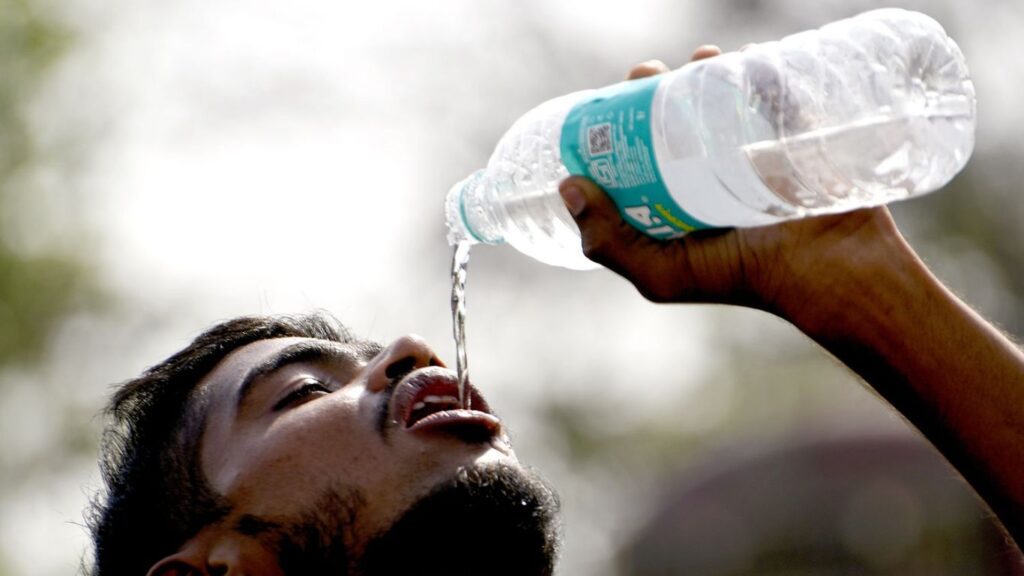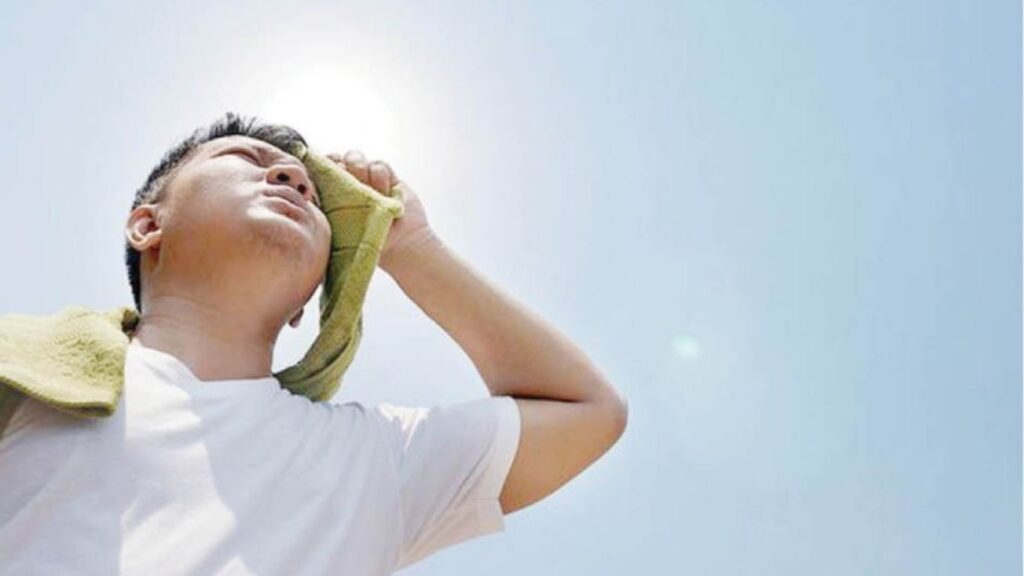Nautapa is a traditional period marked by intense heat, commonly believed to occur when the sun is closest to the Earth. While this astronomical description isn’t scientifically accurate, the term often coincides with some of the hottest days of the year in certain regions. This blog post aims to delve into the health risks associated with these severe heat waves, such as dehydration, heatstroke, and the exacerbation of chronic conditions. We’ll also discuss effective preventive measures to protect yourself and others during this challenging time, ensuring health and safety in the face of soaring temperatures.
Impact of Nautapa on Health: Risks and Preventive Measures
What are the Health Risks of Nautapa ?
Heat Exhaustion and Heat Stroke
- Symptoms:
- Heat Exhaustion: Includes heavy sweating, weakness, cold, pale, and clammy skin. People may also experience muscle cramps, dizziness, headache, nausea, or fainting.
- Heat Stroke: This is more severe and can be life-threatening. Symptoms include high body temperature (above 103°F), rapid and strong pulse, and possible unconsciousness. Skin may be hot, red, dry, or damp.
- Seriousness: Heat stroke requires immediate medical attention as it can damage the brain, heart, kidneys, and muscles. The longer treatment is delayed, the higher the risk of serious complications or death.
Dehydration
- Causes and Risks: High temperatures cause the body to lose water and electrolytes through sweat, leading to dehydration. Increased sweating without adequate fluid replacement makes it difficult for the body to regulate its temperature.
- Symptoms: Includes extreme thirst, less frequent urination, dark-colored urine, fatigue, dizziness, and confusion. In severe cases, dehydration can lead to heat-related illnesses.
Impact on Chronic Conditions

- Exacerbation of Conditions:
- Hypertension: Heat can cause blood vessels to dilate, potentially leading to lower blood pressure and an increased heart rate, complicating cardiovascular conditions.
- Diabetes: High temperatures can affect blood sugar levels and the effectiveness of medication, making management of diabetes more challenging during heat waves.
- Vulnerable Groups:
- Elderly: Older adults often have a diminished ability to respond to changes in temperature, making them more susceptible to heat-related illnesses.
- Children: Young children are at a higher risk because they adjust to heat more slowly than adults and are less likely to drink enough fluids.
Preventive Measures to Mitigate Health Risks
Hydration:
- Increase Fluid Intake: During Nautapa, your body loses water faster due to excessive sweating. It’s crucial to drink more fluids than usual to prevent dehydration.
- Don’t Wait to Feel Thirsty: Thirst isn’t a reliable indicator of hydration. Drink water regularly throughout the day, regardless of your thirst level.
- Types of Fluids: Water is the best hydrator. Avoid alcoholic and caffeinated beverages as they can dehydrate you. Consider incorporating coconut water or oral rehydration solutions which provide essential electrolytes.
Appropriate Clothing:
- Lightweight and Loose-fitting Clothes: Choose garments that allow your body to breathe and sweat to evaporate, which helps regulate your body temperature.
- Light-Colored Fabrics: Dark colors absorb more heat, so wear light-colored clothes that reflect the sun’s rays, keeping you cooler.
- Natural Fibers: Go for cotton or linen over synthetic fibers, as they are more breathable and comfortable during high temperatures.

Timing Outdoor Activities:
- Avoid Midday Sun: Plan any outdoor activities for early in the morning or late in the evening when the temperatures are cooler and the sun’s rays are less intense.
- Shaded Routes: When outside, try to stay in the shade as much as possible to reduce direct sun exposure.
Use of Sun Protection:
- Wide-Brimmed Hats: A wide-brimmed hat shields your face, neck, and ears from direct sunlight.
- Sunglasses: Protect your eyes from harmful UV rays with UV-blocking sunglasses.
- Sunscreen: Apply a broad-spectrum sunscreen with at least SPF 30, reapplying every two hours, or more often if swimming or sweating.
Adapting the Living Environment:
- Cooling the Home: Use blackout curtains to block out heat from direct sunlight. Utilize air conditioning or fans to circulate air and cool down indoor spaces.
- Cool Baths or Showers: Taking cool baths or showers can reduce body temperature and provide relief from the heat.
Recognizing and Responding to Heat-Related Illnesses:
- Recognize Symptoms: Know the signs of heat exhaustion (heavy sweating, weakness, cold, pale skin) and heat stroke (high body temperature, absence of sweating, confusion, fainting).
- Immediate Action: If heat stroke is suspected, it’s a medical emergency. Move the person to a cooler place, try to cool them down with wet cloths or a bath, and seek medical attention immediately.

Conclusion
As we navigate through the intense heat of Nautapa, understanding the associated health risks and adopting appropriate preventive measures is crucial for our well-being. By staying hydrated, dressing appropriately, timing our outdoor activities wisely, using effective sun protection, and adapting our living environments, we can safeguard ourselves and our families from the harsh effects of the heat. Let’s remain vigilant, respond promptly to any signs of heat-related illnesses, and support each other in maintaining health and safety during this challenging period. Together, we can make Nautapa more bearable and prevent its potential health risks.
Also read: Recognizing the Red Flags: A Guide to Heat Stroke Symptoms and Immediate Actions
